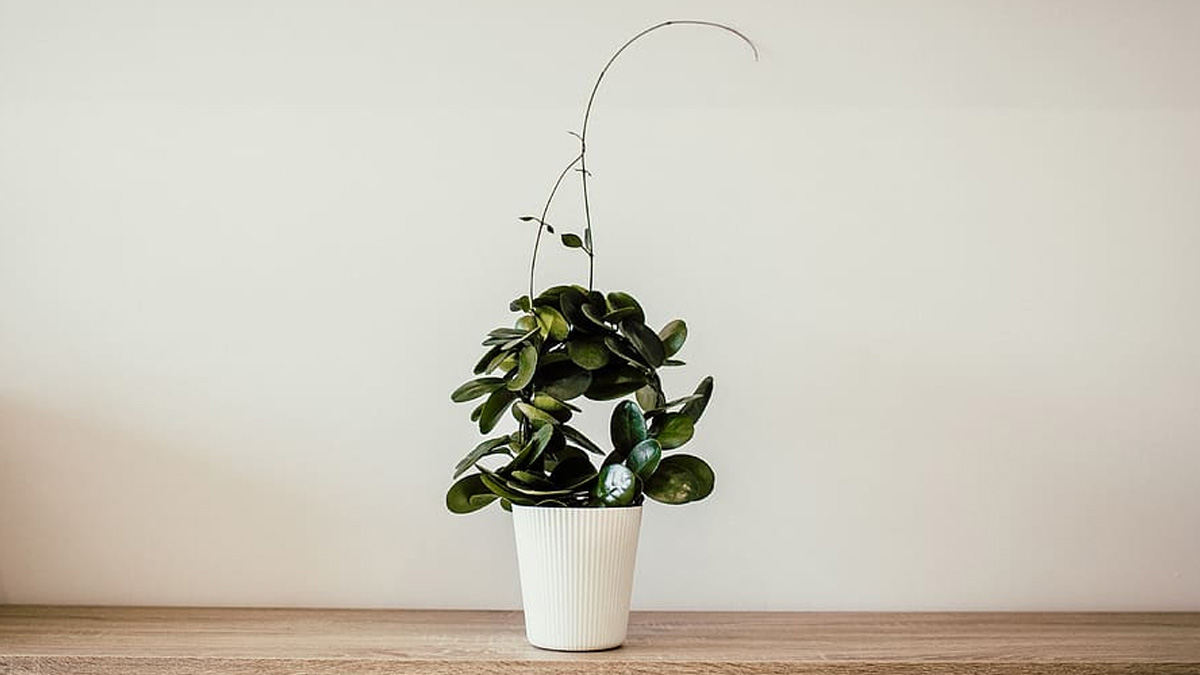Forget the Sunlight – These Houseplants Thrive in Low Lighting

Not every home is filled with bright, sun-drenched windows, but that doesn’t mean you have to give up on greenery. Many houseplants adapt beautifully to low-light spaces, bringing life and color into even the dimmest corners. Whether you’re working with a north-facing room or a shaded hallway, these plants are up to the task.
Related: Houseplant Care Made Easy: Tips for a Green & Vibrant Home
What does “low light” actually mean?
Low light typically refers to spaces that receive little to no direct sunlight throughout the day. These areas might include interior rooms, north-facing windows, or corners shaded by furniture. While most plants need at least some ambient or artificial light, many will adapt well to conditions that feel dim to us.
Why some plants tolerate low light better than others
Plants that naturally grow on forest floors or in the understory of tropical jungles are often better suited to indoor low-light environments. These species are adapted to shaded conditions, often with broad or thick leaves that capture available light efficiently. Their slow growth rates and low energy demands make them ideal candidates for darker spots in your home.
Best low-light houseplants to try
Snake plant
The snake plant is a popular choice thanks to its upright form and nearly indestructible nature. It tolerates low light, infrequent watering, and wide temperature ranges. Its structural leaves make it a great addition to bedrooms, entryways, or dim corners.
ZZ plant
ZZ plants are known for their glossy, dark green leaves and tolerance to neglect. They do well in office spaces and homes with minimal natural light and are especially forgiving when it comes to inconsistent watering. Their slow growth and low-maintenance nature make them ideal for beginners.
Pothos
Pothos is one of the most adaptable houseplants available. It grows quickly, even in low light, and can be trained to climb or trail. Fluorescent lighting is usually enough to keep it healthy, making it a good option for bathrooms or workspaces.
Cast iron plant
As its name suggests, the cast iron plant is incredibly hardy and thrives in shade. It handles neglect, temperature swings, and low humidity without complaint. While it grows slowly, it is one of the most reliable plants for truly dim areas.
Chinese evergreen
Chinese evergreens come in several varieties with colorful or patterned leaves. They prefer warm, shaded areas and adapt well to different humidity levels. Their foliage adds interest to rooms that might otherwise be difficult to decorate with greenery.
Peace lily
Peace lilies are known for their graceful white blooms and ability to grow in indirect or filtered light. They also help clean the air and prefer consistently moist soil. While they can tolerate low light, flowering is more likely with some access to brighter conditions.
Ferns
Boston and maidenhair ferns can manage low-light conditions when humidity is also adequate. These plants are best placed in bathrooms or kitchens where moisture in the air helps prevent browning fronds. Regular misting can support their health in drier rooms.
Related: Best Stylish Houseplants for Modern Homes
Tips for keeping low-light plants healthy
Rotate plants every few weeks to ensure even growth and prevent one-sided leaning. Be cautious with watering, as low-light environments can slow down evaporation and increase the risk of overwatering. If natural light is extremely limited, consider supplementing with a small grow light during winter months.
Common mistakes to avoid
Low light does not mean no care. All houseplants, even the toughest ones, still need occasional attention and monitoring. Avoid over-fertilizing or assuming that once a plant is placed, it requires no further adjustment. Even low-light plants can struggle in windowless or completely dark rooms without some source of ambient light.
Conclusion
With the right plant choices, low light doesn’t have to limit your indoor garden. These tough, adaptable houseplants can thrive in spaces where others would fail. A little care and the occasional rotation or misting go a long way in keeping them healthy and vibrant year-round.
